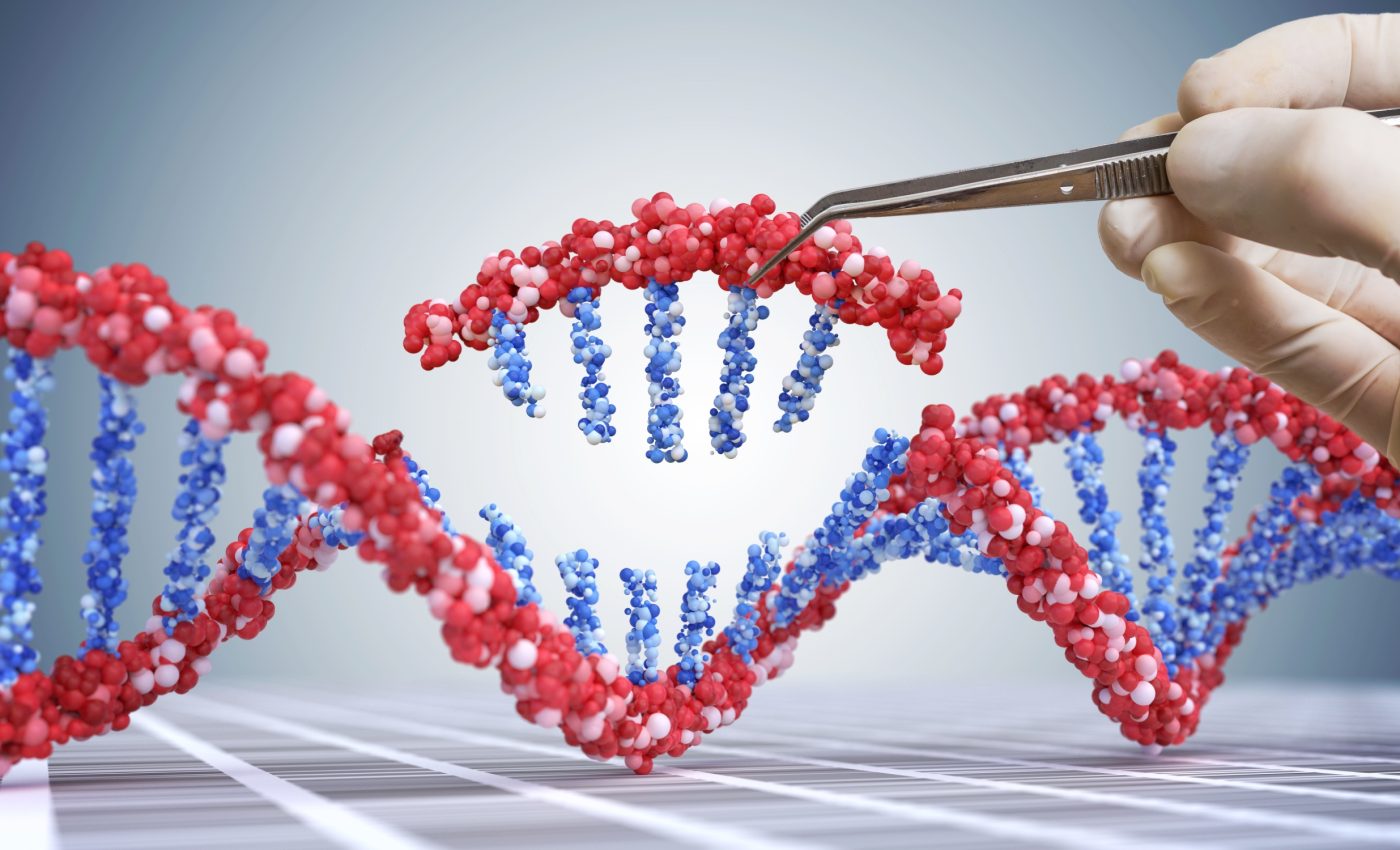
Causes of biological aging are much different than we thought
Most people think wrinkles, graying hair, and a few creaks in the knees define aging. Yet scientists have spent decades exploring whether these signs, along with genetic mutations, tell the whole truth about growing older.
Early research suggests that epigenetics might help us measure how our bodies grow older, but what actually pushes these epigenetic “clocks” forward has been heavily debated.
The answer may involve unexpected links between random genetic changes and the epigenetic patterns found in older cells, according to Dr. Steven Cummings from Sutter Health’s California Pacific Medical Center Research Institute.
Do mutations control biological age?
Scientists once thought that DNA mutations were the main culprits behind the decline in health we see with age.
Previous research has shown that somatic mutations, which are genetic changes acquired over a lifetime, occur more often in older tissues. Other studies noted that not all aspects of aging could be blamed on these changes alone.
This curiosity set the stage for new research on the processes sitting “on top” of DNA, known as epigenetic changes.
Epigenetic modifications do not alter the core DNA sequence. Instead, they shift the activity of genes, and appear to follow consistent patterns as people age. Scientists measure these patterns with tests called epigenetic clocks.
How random mutations fit in
The recent study used tumor and noncancerous tissue samples from thousands of patients to see if they could track how mutations and epigenetic marks matched up.
The researchers noticed a striking overlap. Once a random mutation appeared, surrounding CpG sites often showed significant shifts in a specific epigenetic mark called methylation.
The scientists found that mutated spots had a reduced level of methylation. When these changes showed up, many nearby spots either gained or lost methylation too.
Ultimately, the researchers found that the overall methylation patterns reliably tracked a person’s age, hinting at a tight bond between random genetic errors and the chemical marks that define epigenetic clocks.
Do mutations speed up aging?
“This is very clear evidence of a relationship,” said Dr. Cummings. He emphasized that the correlation between mutations and epigenetic changes leaves room for two big possibilities. One idea is that both changes are triggered by an unknown source of aging.
Another possibility is that somatic mutations gradually push these clocks forward. This would mean that reversing epigenetic changes may not solve the biggest problems associated with aging.
The researchers also noticed that once a cytosine base in DNA gains a methyl group, it becomes more likely to mutate. This can create a chain reaction in which each new mutation influences future epigenetic shifts.
Scientists say more studies will help explain which event happens first, or if both swirl together in a complex cycle.
Fresh angles on health and disease
Epigenetic clocks have long been used to spot tissues that appear “older” or “younger” than expected for a given person’s chronological age.
These measurements often show up in discussions of early disease risk or overall lifespan. Such clocks may even prove valuable in predicting which treatments will work best for certain age-related conditions.
Still, experts warn that the actual drivers behind these epigenetic signals need more research. In some labs, investigators plan to create controlled mutations in cultured cells, then watch how epigenetic marks shift over time.
Others hope to follow human subjects over the years, collecting samples at different intervals so that real aging patterns can be observed in action.
Future research on mutations and aging
Researchers are also looking at diseases tied to heightened mutation rates. Such conditions might give extra clues about whether these random genetic changes truly lead to faster aging.
Scientists are curious whether preventing new mutations, improving DNA repair, or slowing epigenetic changes can significantly extend a healthy lifespan.
Although there is excitement in the scientific community, finding the exact mechanics behind aging is tricky. More data will help show if both the mutations and epigenetic marks merely act as signals of a deeper aging process.
As Dr. Cummings suggested, if mutations are the actual trigger, then resetting epigenetic clocks alone may not be enough to reduce certain age-related health risks.
Balancing hope and caution
For the average person, the concept of “biological age” might still feel like a puzzle. Researchers, however, see these new findings as a chance to broaden our understanding of everything that happens inside aging cells.
Any further understanding of the basic mechanisms that are at play are going to ultimately help to advance the field.
By testing how cells respond to targeted epigenetic modifications, scientists hope to clarify whether adjusting these markers can deliver practical health benefits. Their findings, along with long-term observations of how mutations appear in various tissues, could be vital in refining current anti-aging tools.
The study is published in the journal Nature Aging.
—–
Like what you read? Subscribe to our newsletter for engaging articles, exclusive content, and the latest updates.
Check us out on EarthSnap, a free app brought to you by Eric Ralls and Earth.com.
—–













